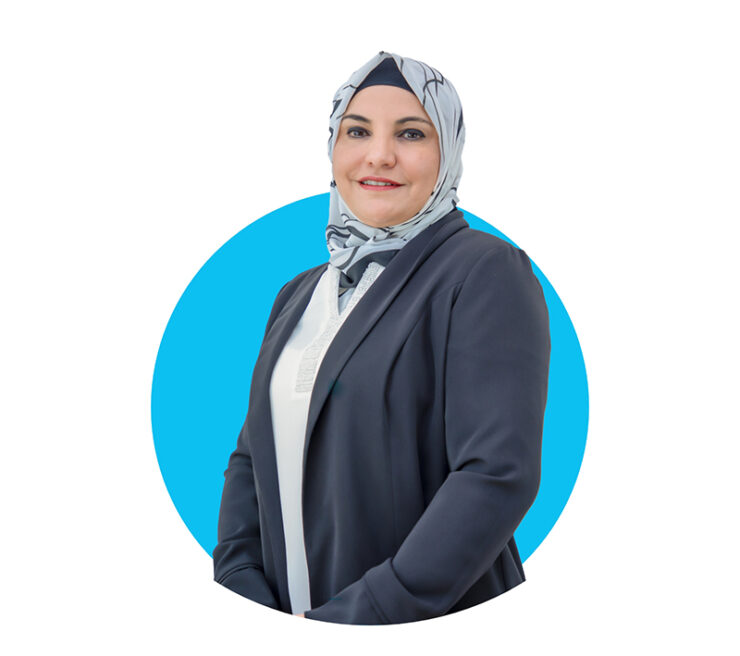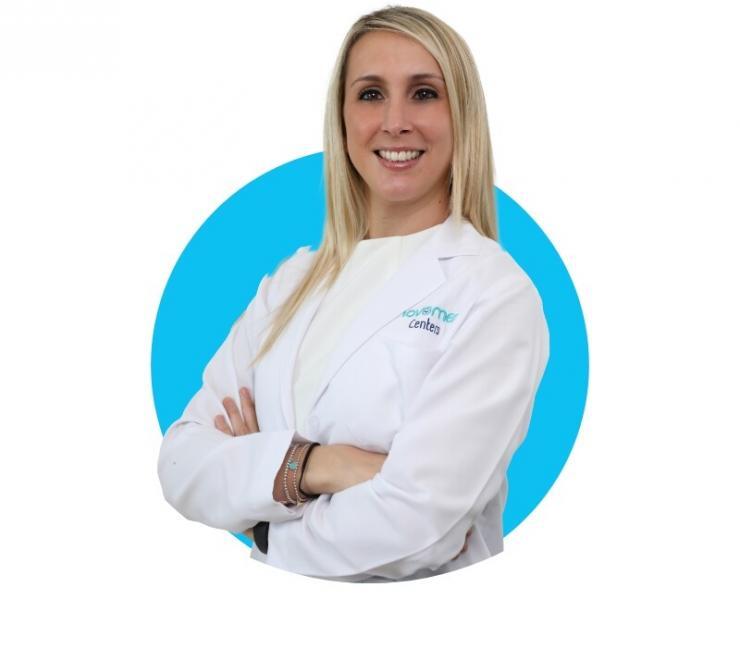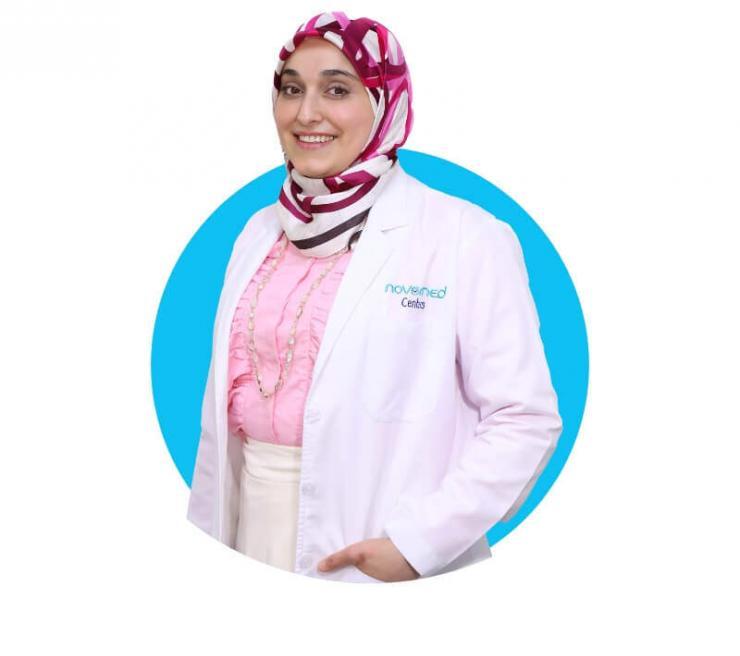Breast Reduction Surgery in Dubai, Abu Dhabi and Al Ain
What is Breast Reduction Surgery?
Breast reduction surgery, also known as reduction mammaplasty, is a procedure that involves removing excess breast fat, glandular tissue, and skin. You may be considering breast reduction surgery if you have large breasts that are out of proportion to the rest of your body and to relieve the discomfort that comes with having large breasts (macromastia).
The majority of women who have their breasts reduced are very pleased with the results. It’s also possible for men with conditions such as gynecomastia (abnormally enlarged male breasts) to get breast reduction.
Consult a board-certified plastic surgeon if you’re considering breast reduction surgery. It’s critical to know what breast reduction surgery includes, as well as the risks that may arise, and to set realistic expectations.
Because this is a big procedure, you should be aware of the advantages, disadvantages, and recovery process.
Reasons for Breast Reduction Surgery
Breast reduction surgery is generally for women with large breasts who want to resolve problems like:
· Chest discomfort
· Chronic back, neck, and shoulder pain that necessitates the use of pain relievers
· Chronic rash or skin irritation under the breasts
· Arthritic changes in the spine
· Pain in the nerves
· Difficulty participating in physical activities
· Uncomfortable with appearance
· Difficulty fitting into bras and clothing
Breast reduction surgery isn’t generally recommended for people who:
· Smoke
· Have diabetes or heart problems
· Are obese
· Want breasts free of scars
Breast reduction surgery can be done at any age, even as a teenager. However, if your breasts haven’t fully developed, you may need a second procedure later in life.
You may want to postpone breast reduction surgery if you have certain plans in the future of:
· getting pregnant (breast-feeding following breast reduction surgery might be difficult)
· losing weight (breast size fluctuates frequently as a result of weight loss)
Breast Reduction Surgery Consultation
Before the surgery, you will meet with your surgeon to discuss your medical history and overall health and you will likely be asked about:
- whether you’ve had a lump removed from your breast or have any other medical conditions that affect your breasts
- your family’s medical history
- the reason why you want to have this surgery
- if you smoke
- if you have any allergies
- medications you are currently taking
- your expectations for breast size and appearance after the surgery
The surgeon may examine your breasts by taking photos and measuring them, and talk with you about how much breast tissue will need to be removed to reach your desired result. You will also learn about how to prepare for the surgery and how to plan for your recovery. You may be asked to complete lab tests, or to get a mammogram and breast exam before the surgery. You might also be asked to quit smoking for a certain period before and after the surgery to ensure proper healing, as well as avoid taking certain medications, such as aspirin and anti-inflammatory drugs. Your surgeon will guide you through it and give you instructions about what you need to do.
As a result of this discussion, your medical practitioner will be able to estimate the risks and potential complications of the procedure for you. They will also be able to advise you on what preparations you should make to guarantee a smooth recovery from surgery. The surgeon will also determine the cost of the surgery depending on the breast size and shape, and the technique he will be using.
Getting Ready for the Surgery
To guarantee that you heal properly following breast reduction surgery, you must be in good physical shape by following your surgeon’s recommendations before and after the procedure.
You need to get your house ready for your recovery by having the following items on hand:
· A lot of ice
· Clean washcloths, towels, and gauze
· Loose and comfortable shirts
· Special ointments or lotions as directed by your surgeon for the incision sites.
If you’re not staying in the hospital, make arrangements for someone to drive you home and stay with you for at least the first night after the procedure.
Breast Reduction Surgery Procedure
The breast reduction technique usually takes 2 to 5 hours and will be determined by your condition, breast composition, desired amount of tissue removal, your personal preferences, and the surgeon’s advice.
Breast reduction surgery is usually performed under intravenous sedation or general anesthesia. Your doctor will recommend the best option for you.
Breast reduction surgery includes the following steps:
– The surgeon makes an incision (cut) around the nipple. The incision is carried to the breast crease in a straight vertical line. A second cut is sometimes made in the crease beneath the breast. The traditional technique of incision involves the use of a ‘Wise pattern’ skin incision, which results in an anchor-shaped scar on the breast. The more modern technique of breast reduction is known as the ‘vertical mammoplasty,’ which results in fewer scars (lollipop scar).
– The nipple is usually kept attached to its blood and nerve supply at all times. However, a ‘free nipple graft’ may be required in the case of a particularly heavy breast. The nipple is removed and reattached to the breast at a higher point.
– Excess breast tissue, fat, and skin is removed to reduce the size of each breast. Liposuction may be used by the medical practitioner to assist remove extra fat (on rare occasions, liposuction alone can be used to remove the excess fat in your breasts).
– Stitches are placed deep within the breast tissue to provide support, and skin incisions are brought together and closed to reshape the smaller breast and reposition the nipple and areola.
Breast Reduction Surgery Recovery
After the surgery, plan on taking at least 2 to 3 weeks off from work or school as it can take 2 to 6 weeks to fully recover from the surgery. Your surgeon will give you instructions on how to remove bandages and stitches on your follow-up appointments.
You’ll need to avoid stretching and physical exercise for at least a month after surgery while you recover. Expect to feel tired and have breast pain or soreness after the procedure. To help you get through the first few days, your surgeon will prescribe an oral painkiller and advise you to avoid any physical activity and heavy lifting.
Following surgery, some people experience an emotional reaction, such as depression. This is typical, but make sure you notify your doctor about any concerns you have.
You will need a follow-up visit with your surgeon after a week or two remove stitches and check your recovery.
Although you will see results right away, keep in mind that the swelling will subside and the surgical scars will diminish with time. Breast shape and size might alter as a result of aging and weight gain or reduction, but the ultimate effect is usually permanent and the patient satisfaction rate after breast reduction is extremely high.
Breast Reduction Surgery Risks and Complications
As with any surgical procedure, there are risks of certain complications. Potential complications include diminished sensation to the nipple and areola, scarring, breast asymmetry and other problems that may require revision surgery.
Breast reduction surgery carries the same risks as any other major surgery, including bleeding, infection, and a negative reaction to anesthesia. Your plastic surgeon will provide a detailed description of the possible risks that could arise such as:
· Swelling and bruising
· Blood clots
· Thick scarring
· Loss of feeling in the breasts or nipples
· Difficulty or inability to breast-feed
· Damage to nerves, blood vessels, and other parts of your body
· The need for more surgery to treat complications
Your surgeon should describe the likelihood of these risks and complications, as well as how they’ll be treated if they occur. Some factors such as your medical history or lifestyle may place you at a higher risk of certain complications. For more information, consult with your surgeon.
Schedule your breast reduction consultation in Dubai today
If you think you might be a good candidate for breast reduction in Dubai and Al Ain, don’t hesitate to contact us today to schedule your initial consultation. Our qualified specialists will be happy to discuss with you your surgical goals to determine which type of breast reduction surgery is right for you. We want to ensure that you choose the right procedure to achieve your goals and that you are physically capable of = undergoing this procedure at this time.
We take great care in examining patients’ needs at Novomed to ensure that we deliver aesthetic results that meet each person’s expectations. Our major goal is to provide patients with safe and satisfying outcomes, and we do our utmost to achieve the best possible outcomes for each patient.
Depending on the situation, breast reduction surgery can be done in an outpatient facility, or you may have to stay one night in the hospital. General anesthesia is administered during the procedure and surgery usually takes a few hours. The operating team will remove extra skin, tissue, and fat from your breasts and reposition your nipple.
You may need to wear a surgical bra and your surgeon will instruct you on follow-up appointments for removing bandages and stitches. Physical activity should be stopped for at least one month and you may feel tired with some breast pain. Painkillers will ease this normal post-surgical pain.
[xyz-ihs snippet=”B-A-Section”]





